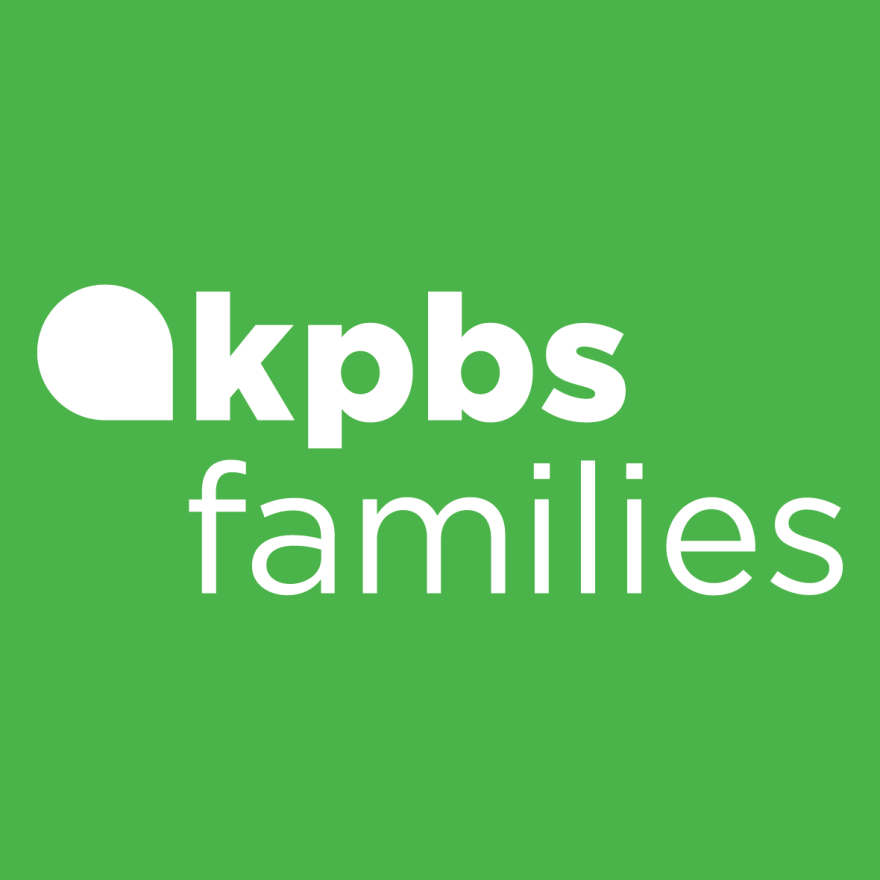The San Diego Unified School District is among several across the state set to benefit from a federal grants program to invest in electrical school buses, the U.S. Environmental Protection Agency announced Monday.
The EPA announced the selection of 67 applicants throughout the country to receive nearly $1 billion through its Clean School Bus Program Grants Competition. In total, California was awarded $88 million that will support SD Unified, Kern High School District, Porterville Unified School District and Los Angeles Unified School District.
The program is intended to help grantees purchase more than 2,700 clean school buses in 280 school districts, serving over 7 million students across 37 states.
"Every school day, 25 million children ride our nation's largest form of mass transit: the school bus. The vast majority of those buses run on diesel, exposing students, teachers, and bus drivers to toxic air pollution," Vice President Kamala Harris said in a statement.
She added,
"As part of our work to tackle the climate crisis, the historic funding we are announcing today is an investment in our children, their health, and their education."
Additionally, the program is intended to strengthen the economy by investing in American manufacturing and workforce.
The Clean School Bus Program — created through the Bipartisan Infrastructure Law and modeled after the Clean Commute for Kids Act that Sen. Alex Padilla, D-California, introduced in 2021 — is expected to provide $5 billion over five years to support the transition to zero-emission and low- emission school buses.
Over 400,000 public school buses travel more than 4.3 billion miles each year to help 23.5 million children get to and from school, according to the U.S. Department of Transportation's National Highway Traffic Safety Administration.
"A successful day of learning for our students starts with a diesel- free commute each morning," Padilla said in a statement. "I've seen firsthand the harmful health and respiratory impacts polluted air from outdated buses can cause our children, having grown up riding diesel-powered school buses in Pacoima."
"Modernizing our bus system is a crucial investment in our children, our health, and our environment. That is why I championed the inclusion of the Clean School Bus Program in the Bipartisan Infrastructure Law, which is now helping California schools make the much-needed transition to electric bus fleets," he added.
According to Padilla's office, through the funding, SDUSD is expected to acquire 30 electrical buses; Los Angeles Unified to acquire 50; Kern High School District is expected to acquire 39 buses; and Porterville Unified is expected to purchase 35 buses.
Prioritized school districts in low-income, rural, and/or Tribal communities make up approximately 86% of the projects selected for funding, according to the EPA.
"Today we're once again accelerating the transition to electric and low-emission school buses in America, helping to secure a healthier future where all our children can breathe cleaner air," EPA Administrator Michael S. Regan said in a statement.
Grantees will work with their EPA Regional Project Officers to finalize project plans and purchase their awarded new buses and eligible infrastructure. EPA is also partnering with the Joint Office of Energy and Transportation to provide grantees with robust technical assistance to ensure effective implementation.
EPA is currently accepting applications for the 2023 Clean School Bus Rebate Program until Jan. 31. EPA encourages applicants not selected for the 2023 Clean School Bus Grant Program — and those that did not apply — to participate in current and future funding rounds.







